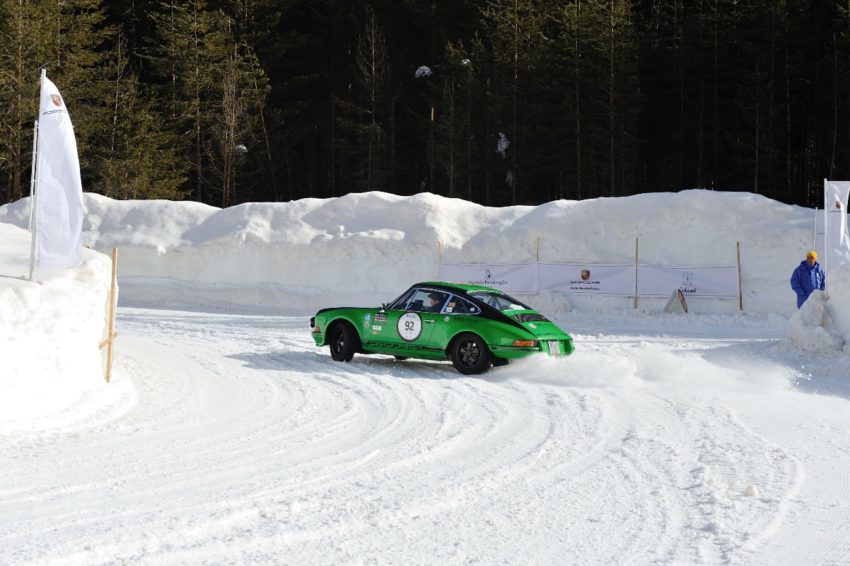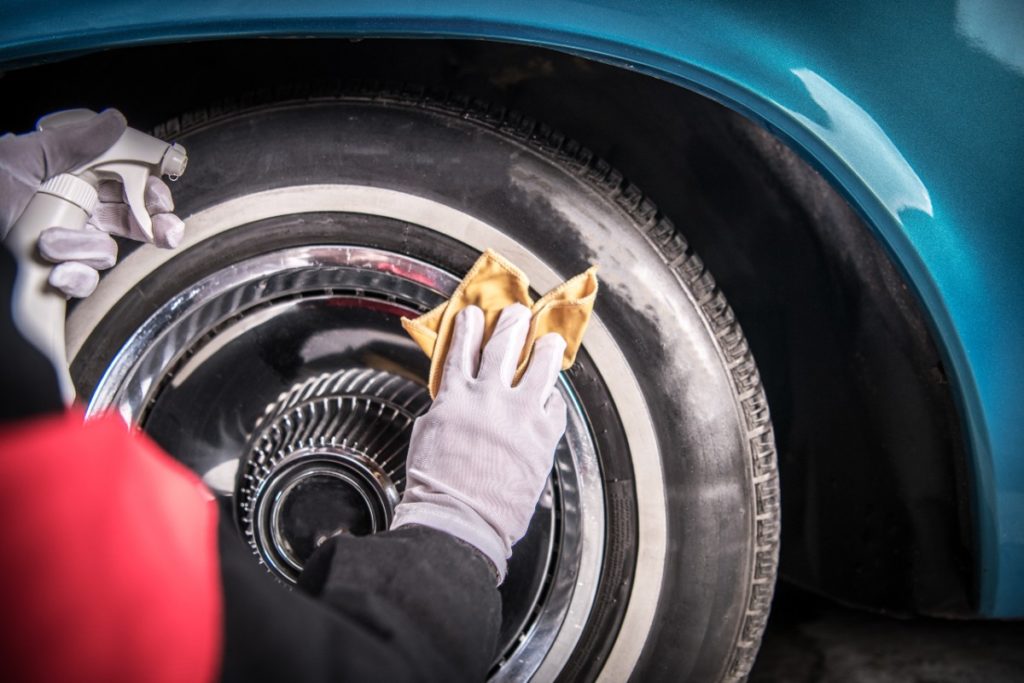
Many classic car owners find great satisfaction in protecting their treasured possession from the cold months in order to preserve its pristine condition.
Many of us must now put our classic cars into storage for the next few months because of the impending threat of winter storms.
Careful preparation for winter storage of classic cars is time-consuming, but it’s essential for ensuring a trouble-free start-up and minimal repair costs in the spring.
Here the team at Design 911 provide some helpful guidance on how to do this effectively.
Clean Your Classic Car Well
When you first laid eyes on it, was it the gleaming chrome and fresh coat of paint that captivated you? So, it’s in your best interest to keep things as they are.
You may delay the need for more expensive maintenance, like respraying, by keeping your car clean, shiny, and protected from corrosion with regular washings, polishings, and waxing. Leftover dirt, such as bird poo and dead bugs, can be corrosive and wear away at the paint or chrome over time.
But it’s not enough to merely clean the obvious spots; dirt and moisture lurking in cracks may do the most harm over time. So, try to clean all the parts carefully.
Change The Engine Oil
Even though owners should replace the oil at the manufacturer-recommended periods when the car is in use, keeping it clean and fresh is essential when storing the vehicle.
Moisture and acids in old oil can cause pitting in bearings and other engine components.
Before you change the oil, make sure you let the car warm up so that any impurities can be drained out.
Take Care of Tyres
The wheels on your car were made to roll, so you should treat them gently while they’re resting still.
To prevent the wheel nuts from seizing, you should remove them, clean the threads, and then apply a thin layer of anti-seize grease (such as copper grease). Once you’ve determined the best approach to avoiding car tyre flat spots, you’ll want to clear the tread of any stones or other debris.
Car wheels can be lifted off the ground, and the bearings are relieved of stress if you have the means to jack the car up and set it on axle supports.

Get The Fuel Stabilised
One ounce of fuel stabiliser for every 11 litres of fuel is recommended before storing. Then, add more fuel until the tank is 95 percent full, giving the fuel stabiliser time to blend in.
The stabilised fuel needs to be drawn into the carburettor and the injectors, so it’s best to drive the car for a few minutes after adding it.
Still today, there are classic car drivers who mistakenly believe that emptying the fuel tank will safeguard the engine, despite the fact that this is absolutely impossible. Exposed to air, the residual fuel droplets deteriorate, causing gum and varnish accumulation and corrosion on your system’s walls.
In the spring, the buildup may cause a host of engine issues in strategic locations.
Maintain The Batteries And The Windscreen Wipers
A battery that isn’t unplugged runs the risk of being completely drained in a short period of time, which will result in the battery’s destruction and the need for a replacement battery.
In the case of classic cars, in particular, it is not uncommon for even minute quantities of electricity to be circulating through the system, or worse, for an electrical component to continue sucking energy.
The battery will die since it isn’t being charged when the engine is off. Use a battery charger that is electrical to prevent this problem.
Verify The Coolant Level
Make sure the radiator has the proper amount of coolant and water in it. Otherwise your cooling system might freeze up.
If you are unsure of the correct combination, you should follow the guidelines on the coolant label, which should account for the temperature range you can experience.
Always Protect Your Vehicle With A Cover
Using a material that is 100% waterproof (throw that plastic tarpaulin down!) can cause your automobile to “sweat,” so make sure the car is clean before covering it.
And by now, we all know that dampness is terrible. Micro blisters in the paintwork are possible with a poor cover.
If you’re keeping your car in an unheated garage, a semi-tailored, breathable outdoor car cover is your best bet. You can have a custom-fitted cover if it’s heated. A universally sized cover is not appropriate. It will flap in the wind, perhaps causing damage to the vehicle underneath.
A lower upfront cost might lead to higher costs down the road. A tightly fitted cover will be too near to the body, making it uncomfortable and perhaps leading to dampness.
Store In A Safe Place
Be careful to store your classic car at a facility that can guarantee its safety, is dry, and has as little light as possible shining on it.
Secure and watertight car rubber seals on doors and windows should be checked. Whenever feasible, install a motion detector or security camera, and always double-check the locks.
The single most important thing you can do to ensure your car starts right up in the spring is to pay frequent visits to it and monitor its condition.
Extend your Cars Life
Preserving your classic car during the severe winter months requires more than just storing it and forgetting about it until spring.
You don’t want to have to spend six months reviving your baby just so you can take it out for a drive when cruising weather returns. Even if you don’t agree with all the suggestions here, you may always tailor your strategy to your own requirements.
However, remember that a few precautions taken before storing a car in long-term storage can save you a lot of trouble later on.